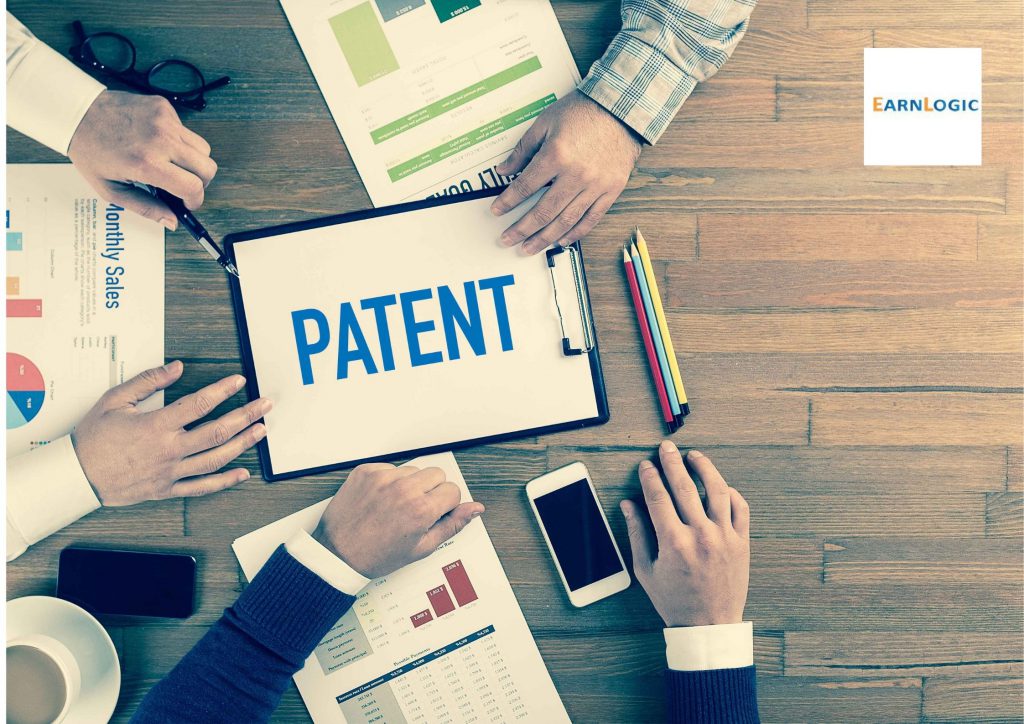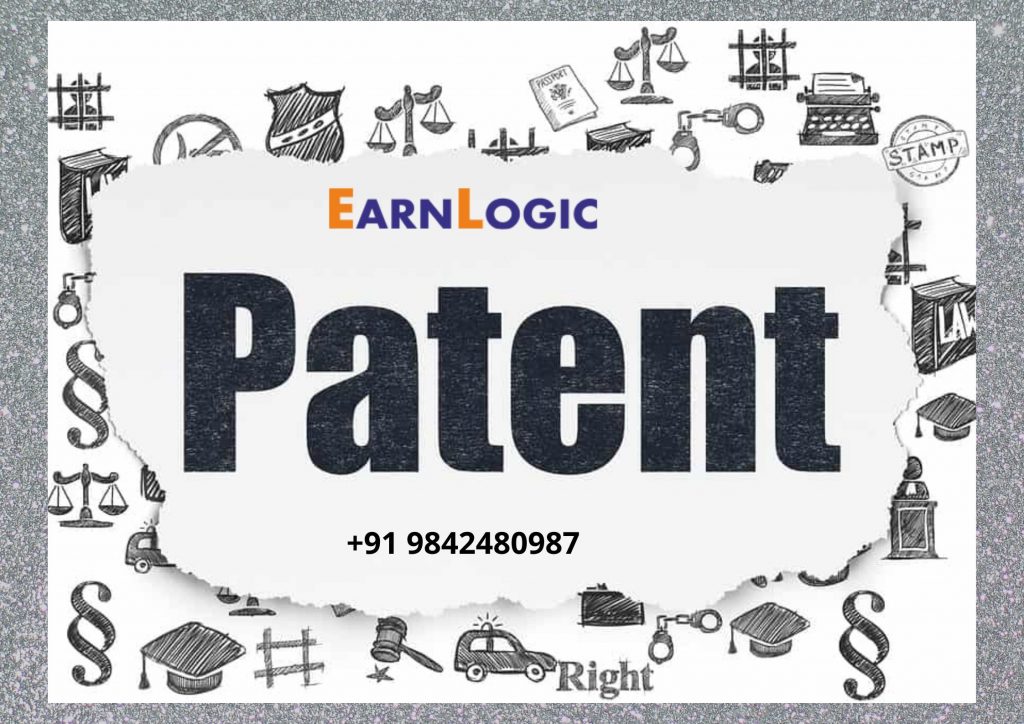India, as an individual from the World Trade Organization and signatory to the Agreement on Trade-Related Aspects of Intellectual Property Rights (TRIPS) is obliged to adjust its licensed innovation privileges regulations with the TRIPS arrangement. The test comes from making the regulations as well as their execution considering the Indian government needs to find some kind of harmony between the necessities of the nation’s residents and the freedoms of patent holders.
The issue has turned into even touchier considering a greater part of patent applications in India are documented by unfamiliar organizations. For instance, the information given by the Indian IP office in its yearly report of 2017-2018 shows the applications recorded by unfamiliar candidates were over two times (32,304) contrasted with those by Indian inhabitants (15,550).
Over the most recent five years, the current government, drove by Prime Minister Narendra Modi, has endeavoured hard to achieve noticeable change in the IP scene. Beginning with carrying out National Intellectual Property Rights strategy and laying out a Cell for IPR Promotion and Management (CIPAM) to run after achieving IP strategy targets.
Notwithstanding clear overabundance of patent and brand name applications, the public authority has attempted a gigantic digitisation work out, selecting an enormous number of analysts prompting a remarkable expansion in the assessment and award of licenses.
To urge new businesses to look for insurance of their IP and to document patent applications, facilitators have been designated. In spite of government endeavors, global enterprises keep on pushing for better insurance of their IP. The assumptions give off an impression of being summed up in a Special 301 Report gave by The Office of the United States Trade Representative (USTR) putting India on the “need watch list”.
The report makes reference to “Throughout the most recent year, India found a way ways to address licensed innovation (IP) challenges and advance IP security and requirement. Be that as it may, large numbers of the activities have not yet converted into substantial advantages for trend-setters and makers, and long-standing inadequacies persevere. India stays one of the world’s most provoking significant economies as for assurance and implementation of IP”.
The post recognizes a couple of the difficulties and ongoing positive changes found in the insurance and the requirement of licenses.
Challenges in security/award of patent privileges in India
Aside from the worldwide patentability necessities for developments to have oddity, creative advance and modern relevance, the Indian patent demonstration has explicit arrangements, covered under Section 3, that makes the patentability of an innovation connecting with topic, for example, a) subordinates of a drug; b) patentability of undeveloped cells; c) symptomatic techniques and packs; d) secluded DNA groupings; e) PC related creations and so on non-patentable topic.
Thus, these developments face a higher limit of assessment and investigation. However rules corresponding to the patentability of programming, biotech developments and drug innovations have been given by the Indian Patent Office, the functional provokes illustrated underneath keep on being looked by patent holders.
- a) Computer-related innovations
Section 3(k) bars patentability of PC programs essentially or calculations. This complaint exists as default for all PC related creations. The choice in such cases isn’t steady with various regulators (at the patent office) framing their own perspectives as far as the necessity of equipment and assuming it should meet the patentability rules.
- b) Patentability of subsidiaries of drug substances
Section 3(d) confines patentability of subsidiary/s of a drug compound. A subsidiary needs to show critical distinction in remedial adequacy concerning the parent compound for defeating the hindrance of Section 3(d).
In view of the clarifications and choices of the courts, the Section 3(d) complaint ought to hypothetically be raised distinctly for subordinates of drug substances. In any case, the protest is constantly raised for all applications connecting with drug medicates even on account of trailblazer compounds.
- c) Patentability in the existence sciences/biotechnology sector
The existence sciences sector faces obstacles as far as patentability of in-vitro symptomatic techniques and packs since they fall inside the class of demonstrative/treatment strategies. Further, secluded DNA arrangements are likewise the subject of complaints for not fulfilling the curiosity prerequisite.
In this way, the patentee in such cases deals with issues in persuading the regulator of the patentability of the topic.

Challenges in implementation of patent privileges in India
Patent privileges in India can be authorized through common courts. Be that as it may, there are no unique IP courts set up to manage cases.
- a) Backlog and time for ultimate conclusion
The essential test in the implementation of patent freedoms is the time it takes for the court to settle on an official choice. A patent claim conventionally takes roughly five to seven years to be at long last chosen after preliminary, whenever challenged by the other party. The Commercial Courts Act is assisting with accelerating the interaction with case the board hearings and time bound preliminaries. Nonetheless, the build-up of cases at the court and deficiency of legal officials affect the time it takes for a ultimate conclusion on a case.
- b) Subject matter specialists
Section 115 of the Indian Patent Act accommodates arrangement of a logical consultant to help the courts in giving suppositions on specialized parts of a matter. The arrangement has not been much of the time utilized by the courts.
The arrangement of a specialized master in patent infringement suits won’t just assist with working on the nature of the choice yet in addition diminish the time-frame for official conclusion.
Positive turns of events
I) Recent changes in legal reasoning recommend that courts have begun allowing between time directives for patent matters. This was not normal before, with courts taking the view that patent matters include intricacy and along these lines require full preliminary. ii) An interval order was allowed to the offended party on the premise that the respondents were yet to send off the item.
This was noted particularly by the Delhi High Court in Bristol-Myers Squibb and Ors v Mr JD Joshi and Anr (IA No. 15720/2009 in CS[OS] No. 2303/2009 and IA No. 5910/2013 in CS[OS] No. 679/2013) in June 2015. The court noticed: “The respondents have not sent off the item on the lookout, no misfortune or unsalvageable mischief will be caused to BDR Lifesciences Private Limited assuming they are controlled from doing exercises that they have not yet started.
To summarize as India endeavors to become USD 5 trillion economy by 2024-25, advancement will assume a key part. The Indian government should endeavor to address the procedural and significant challenges looked by IP holders.
